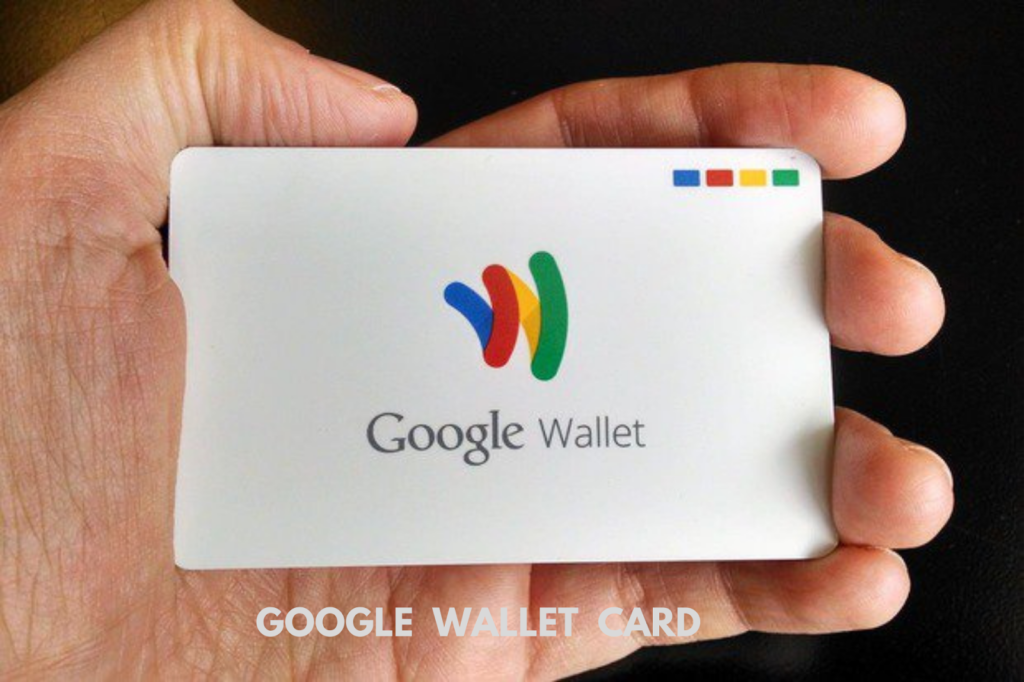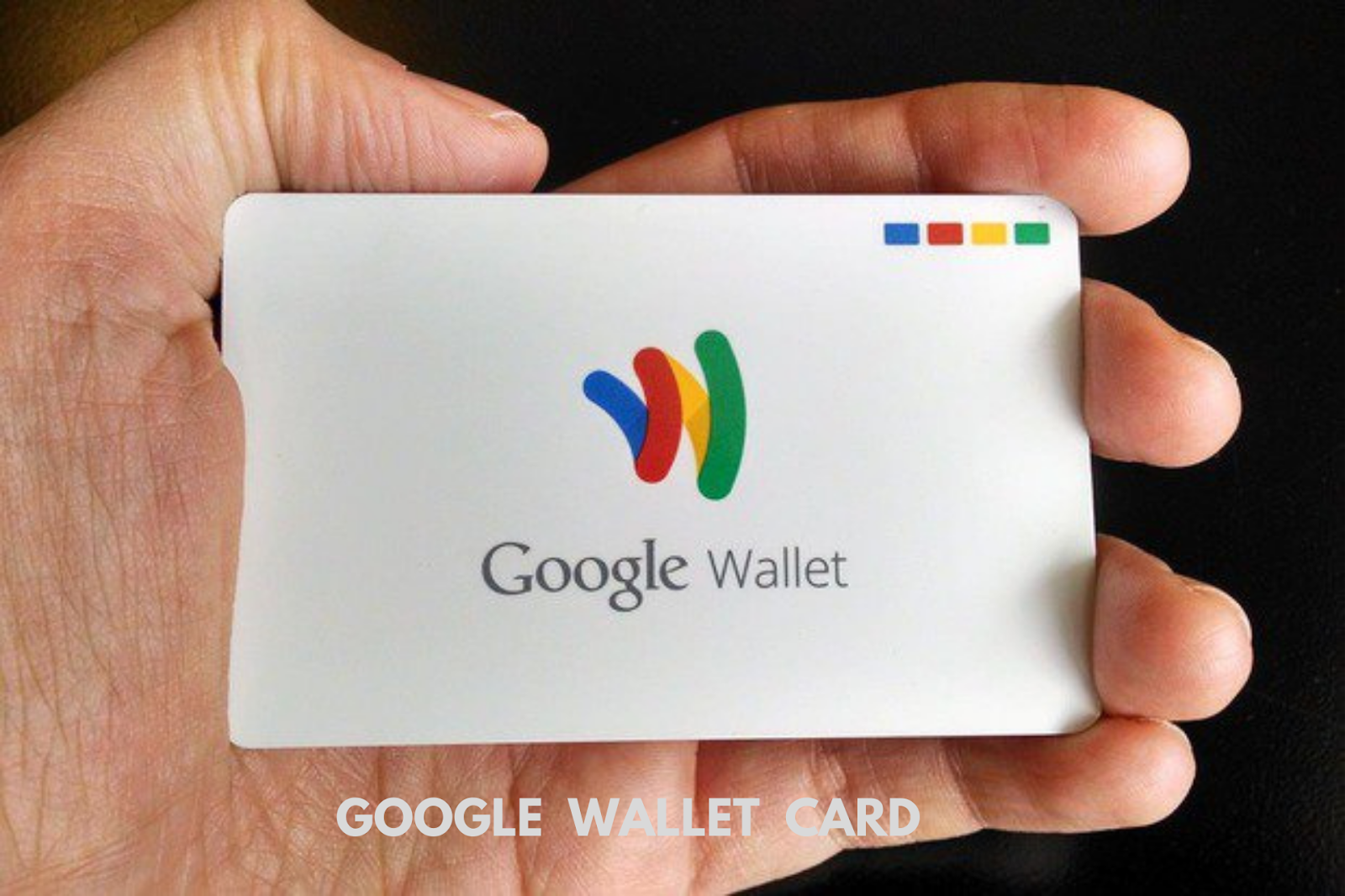How to Maximize Google Wallet: Beyond Just Payments

While Google Wallet is often seen as a straightforward, How to Maximize Google Wallet Beyond Just Payments payment tool, it offers a range of features that go well beyond just replacing your physical wallet. In an era where cashless and cardless transactions are becoming the norm, Google Wallet stands out as a versatile app that can streamline various aspects of your daily life.
What Can You Store in Google Wallet?
Google Wallet isn’t just for credit and debit cards. The app supports a diverse range of digital items including:
- Transit Cards: Conveniently manage and use your local transit cards.
- Loyalty and Gift Cards: Keep track of rewards and gift cards from your favorite stores.
- Event Tickets: Store and access tickets for movies, concerts, and other events.
- Hotel Keys: Easily check into your hotel room without the physical key.
- Gym Passes and Boarding Passes: Manage your fitness memberships and travel documents.
- Insurance Cards and Official IDs: Some states allow you to store IDs used for TSA Precheck.
For example, California residents can now add their state-issued ID to Google Wallet, providing a digital alternative to physical cards. The app also features an “Everything else” function, allowing you to snap a photo of various text-based documents and use AI to convert them into digital versions. While this may not work for every type of document, it’s a handy option for many.
How to Add Cards to Google Wallet
Adding cards to Google Wallet is straightforward. Here’s how you can do it:
- Via the Wallet App: Open Google Wallet, tap “+ Add to Wallet” at the bottom, and select the type of card you want to add. For payment cards, you can either scan the card using your phone’s camera or enter the information manually. After adding the details, you may need to verify your payment method via email or text.
- Via Your Bank: Some banks offer the option to add cards directly through their app or website. Look for an “Add to Google Wallet” or “Add to GPay” button and follow the instructions provided.
- Transit and Loyalty Cards: Choose from a list of supported options, then log into your transit or store account to connect your card.
Using Google Wallet on Smartwatches
Google Wallet is compatible with Android smartwatches running Wear OS 2.0 or newer, provided they have NFC capabilities. This feature allows you to make contactless payments with your watch, a handy option when you don’t want to carry a wallet or phone. If your watch doesn’t come pre-installed with Google Wallet, you can download it from the Google Play Store.
Making Payments with Google Wallet
To make a payment, open the Google Wallet app and swipe to select the card you want to use. Tap on the card, and you’ll see a “Hold to reader” message indicating that the app is ready for payment. Simply hold your phone close to the payment terminal until you see a check mark.
Beyond Payments: Everyday Uses
Google Wallet offers practical solutions for various scenarios:
- Theme Park Visits: Store season passes for quick and easy entry, and use your smartwatch for meal and drink plans, leaving your phone and wallet in a locker.
- Event Management: Add and manage season tickets for sports games or other events, eliminating the need for multiple apps.
- General Convenience: The ability to store and access numerous types of cards and tickets makes Google Wallet a valuable tool for everyday use.
In Summary : How to Maximize Google Wallet Beyond Just Payments
If you haven’t yet explored Google Wallet’s full capabilities, now might be the perfect time to start. The app’s ability to manage not only payments but also a range of digital items can simplify your life and provide added convenience. Whether you’re using it to streamline transit, manage loyalty cards, or handle tickets, Google Wallet offers more than just a cashless payment option. Give it a try, and you might find it becoming an essential part of your digital toolkit.
references :

Leave a Reply